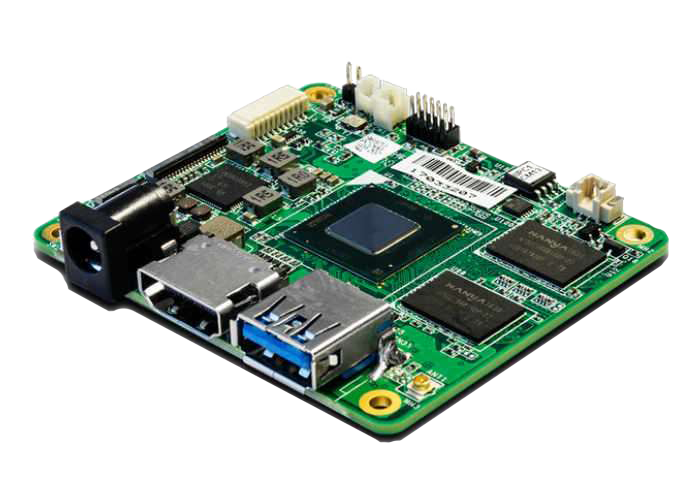… but cd is a built-in
- 1 Post
- 30 Comments

 1·2 months ago
1·2 months agoI usually just cut these down to the correct size I want with a ruler and a utility knife.
I highly recommend installing fzf, and its shell integration. Makes your Ctrl + r magnitudes more pleasant to use!
This is up there with left-pad now!

 2·4 months ago
2·4 months agoI really think that’s the secret end game behind all the AI stuff in both Windows and MacOS. MS account required to use it. (anyone know if you need to be signed in to apple ID for apple ai?) “on device” inference that sometimes will reach out to the cloud. when it feels like it. maybe sometimes the cloud will reach out to you and ask your cpu to help out with training.
that, and better local content analysis. “no we aren’t sending everything the microphone picks up to our servers, of course not. just the transcript that your local stt model made of it, you won’t even notice the bandwidth!)”
Are you using PersistentVolumes? If your storage class supports it, looks like there’s a volume snapshot concept you can use, have you looked into that?
Not sure what you’re doing, but if we’re talking about a bog standard service backed by a db, I don’t think having automated reverts of that data is the best idea. you might lose something! That said, triggering a snapshot of your db as a step before deployment is a pretty reasonable idea.
Reverting a service back to a previous version should be straightforward enough, and any dedicated ci/cd tool should have an API to get you information from the last successful deploy, whether that is the actual artifact you’re deploying, or a reference to a registry.
As you’re probably entirely unsurprised by, there are a ton of ways to skin this cat. you might consider investing in preventative measures, testing your data migration in a lower environment, splitting out db change commits from service logic commits, doing some sort of blue/green or canary deployment.
I get fairly nerd-sniped when it comes to build pipelines so happy to talk more concretely if you’d like to provide some more details!

 21·5 months ago
21·5 months agoBe careful, if you get a
.pizza, you are only legally allowed to spend the donations on pizza.

 16·6 months ago
16·6 months agojust to give you the term to search for, these types of applications are called snippet managers. for example, https://snibox.github.io/
there’s a ton of them around. I don’t have a particular one that I recommend, since it’s not something I use in my workflow.

 1·6 months ago
1·6 months agoI can’t believe they didn’t with go with BatShIt. it’s right there! they were SO close!
I just started using this at $jorb. Check out their “ui-mode” is all I’m going to say about that.

 3·6 months ago
3·6 months agoOnce you have your list, check out fdroidcl so you can get it all installed from your laptop via adb

 8·7 months ago
8·7 months agoyep. they’re still here. they got smaller, and we call them “tracking pixels” now.
it’s just an image, which, server side, you can count the number of times it got loaded. easy to embed and no js required.
That’s interesting, okay. Is svn doing compression of those binaries for you?
Not to say “you’re holding it wrong”, but I’m curious about your workflow here. You clone these binaries every time you come back to a project?
I don’t get it, who in their right mind hosts development stuff on a Windows clunker?
Same question, but Subversion. Switch to git. Import your repos with git-svn.

 1·7 months ago
1·7 months agoHey, thanks for that, I appreciate you sharing your list.
One option you can consider with fairmail and gmail is to use an “app password” to authenticate to IMAP, instead of oauth. That might work better when backing up with neo backup?

 1·7 months ago
1·7 months agoThat’s an interesting suggestion, thanks! I might wind up trying that for android auto + google voice 🤔


check out Supreme Commander, it’s a game from the erra of good RTSes, and I think has some of the features you’re taking about, e.g. beforehand of multiple bases, automation… you can do things like produce x units, send them to this area, have them start doing this patrol, etc. You can pause the game, to make these orders too. My favorite gimmick though, is that the map is zoomable, from a classic here’s your dudes and tanks view, up into a strategic view with icons representing everything. This also opens up the ability to have units be different sizes. vehicles are appropriately larger than infantry, and you can have giant mechs to which other units are literally ants.